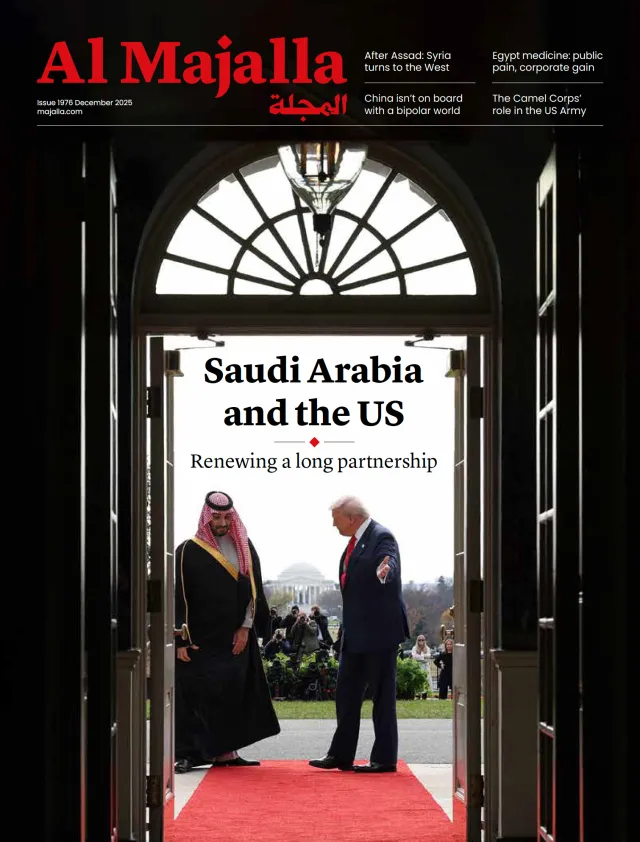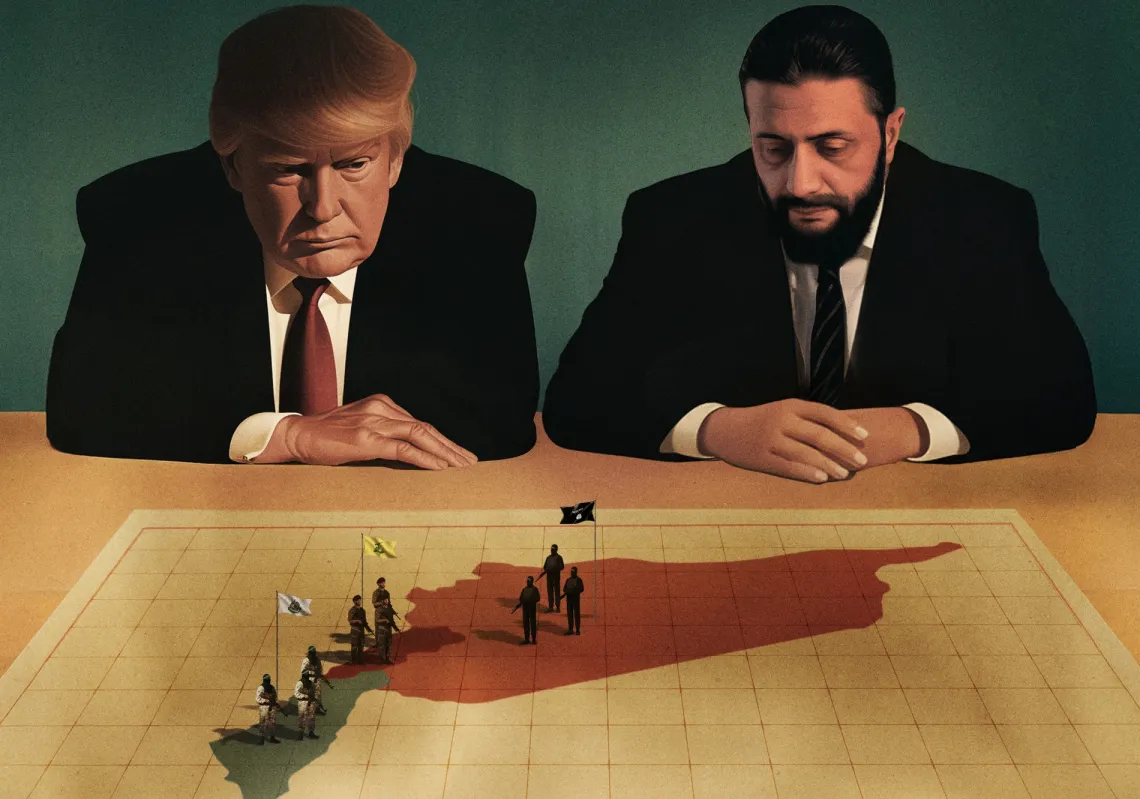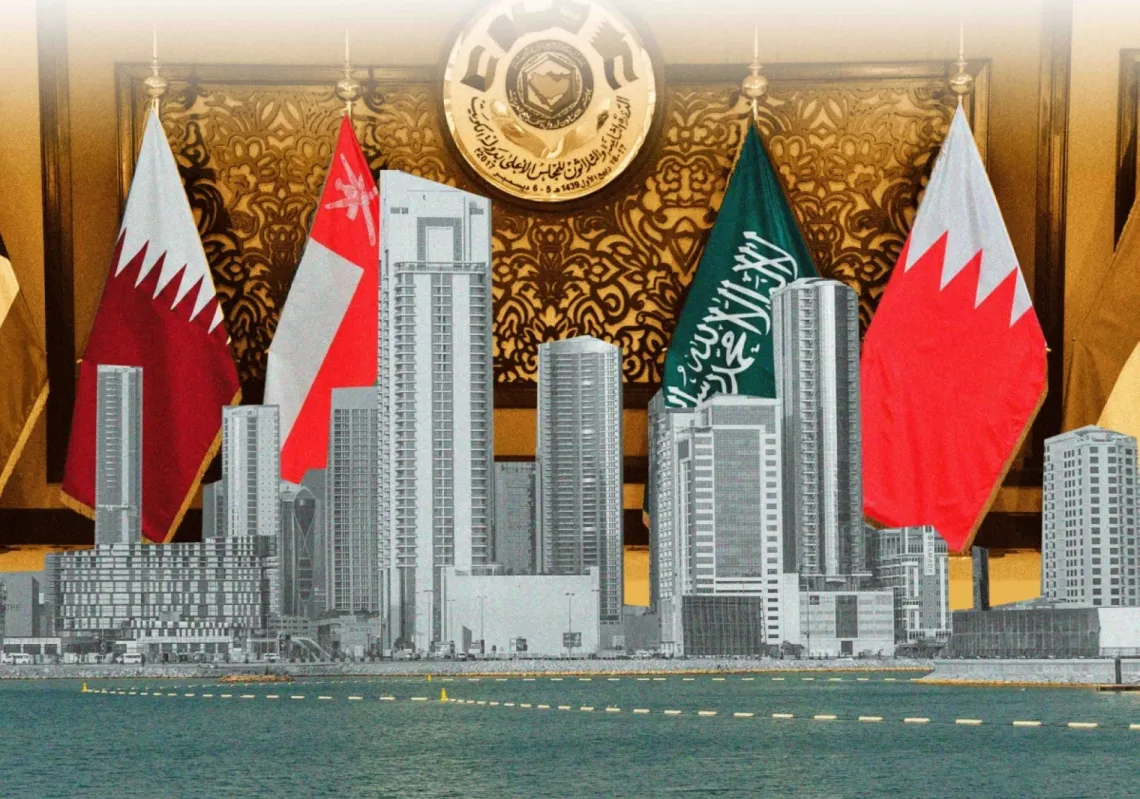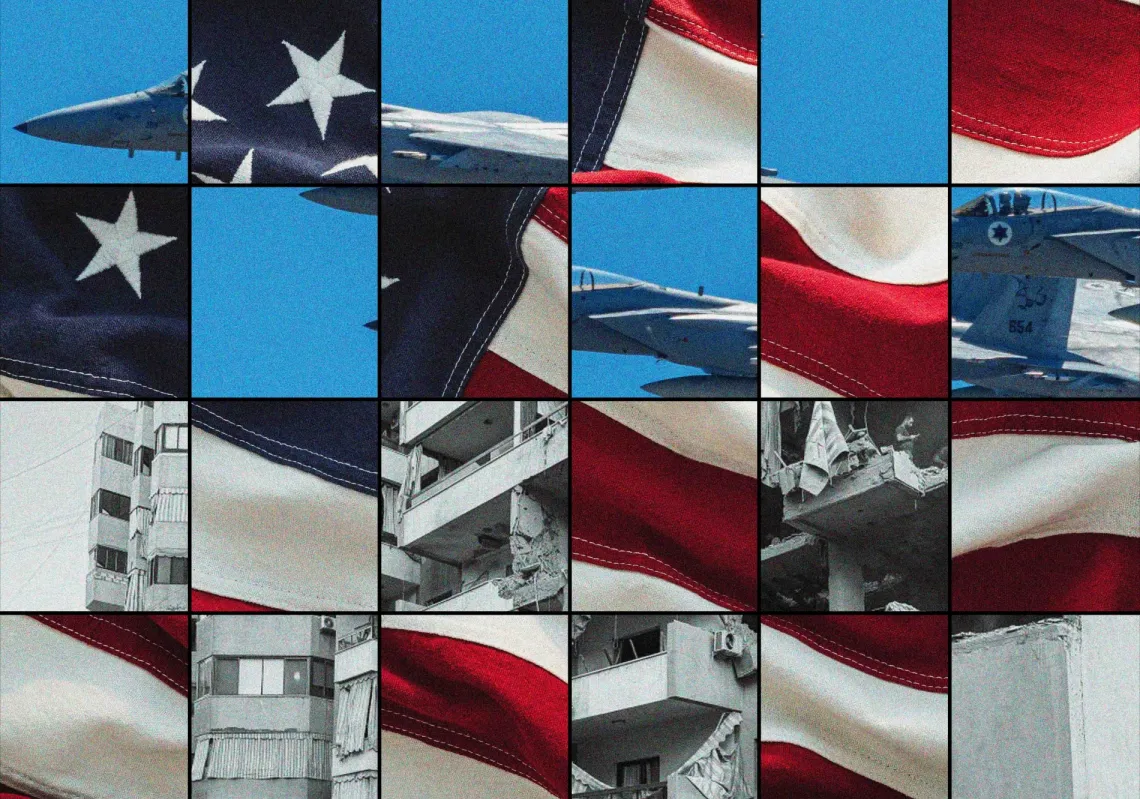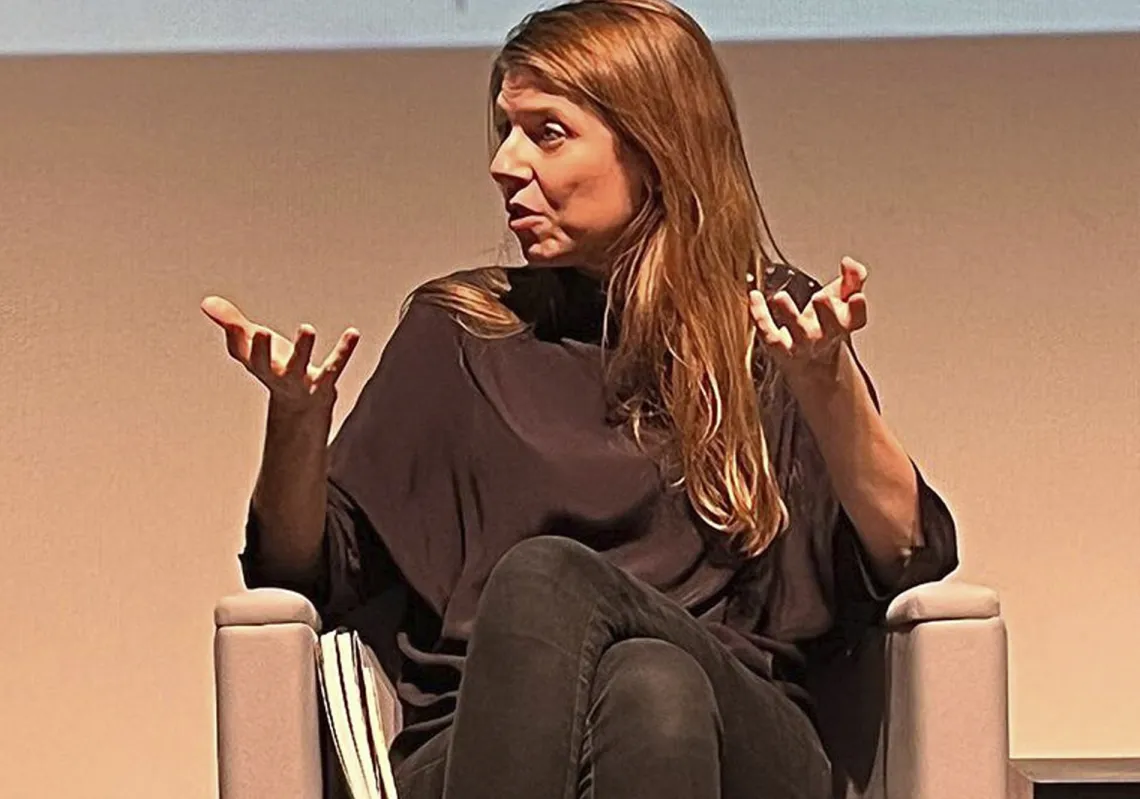With Europe experiencing its largest conflict since the Second World War in Ukraine, it is no surprise that European governments are suddenly spending far more on defence.
For decades after the end of the Cold War, Europe took full advantage of the so-called “peace dividend”, dramatically reducing military spending in favour of other areas such as education, health, and welfare.
Such were the reductions that many European countries failed to meet the minimum requirement of the NATO alliance, which demands that member states spend at least 2% of their gross domestic product (GDP) on defence.
By 2014, only three member states of the 28-nation alliance could claim to be doing so, a failing that has led to friction between Europe and the United States, where defence spending has averaged about 3.5%.
Despite member states pledging to meet the requirement at that year’s 2014 NATO summit in Wales, the disinclination of many European leaders to pay their fair share towards NATO continued, despite Russia having invaded Crimea and eastern Ukraine earlier that year.
Given a sharp nudge
The row between Washington and Brussels only deepened after Donald Trump began his first term as US president in 2017, the White House regularly chastising its European allies for failing to meet their commitments.
Trump’s frustration with European states not paying their fair share towards the defence of Europe is still strong in his second term, which began in January—even though at least 22 members of the alliance now spend 2% on defence.

